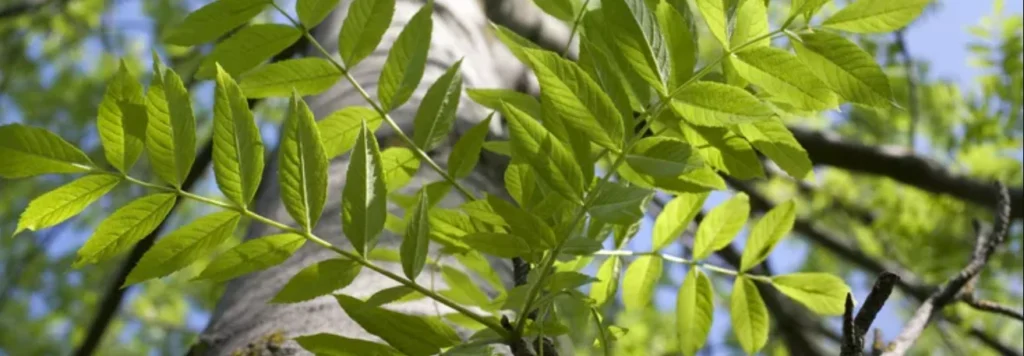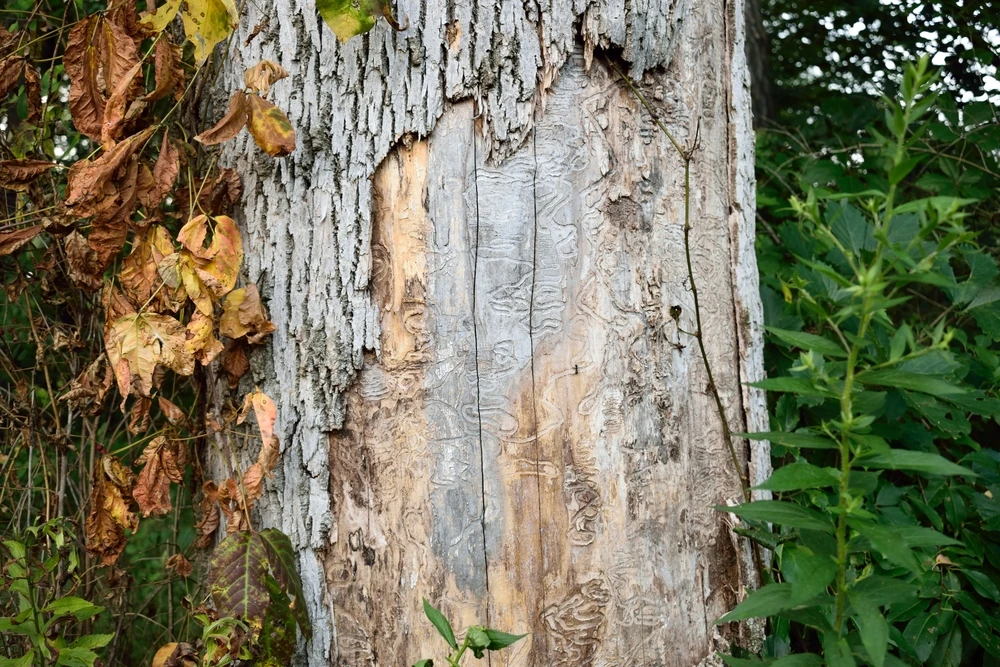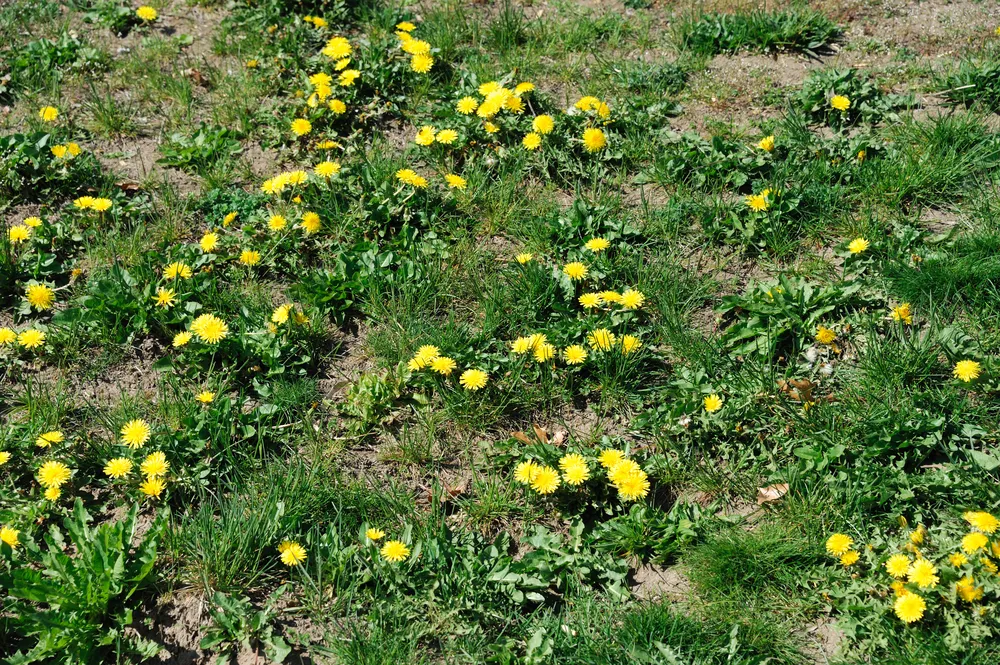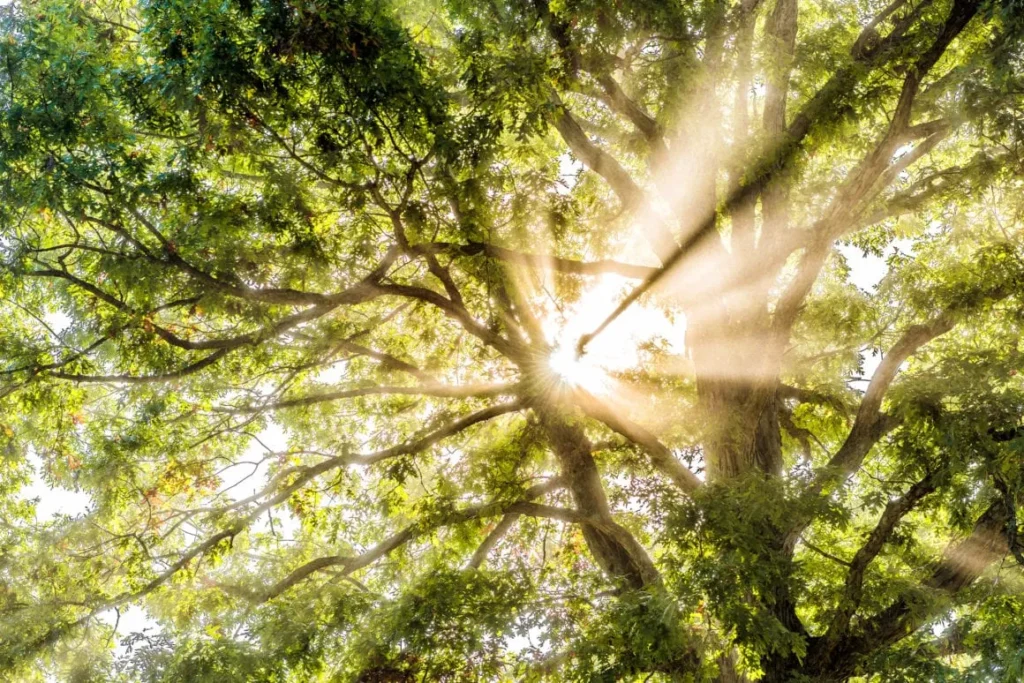The decision to save or cut down an ash tree depends on several factors, primarily the presence or absence of the emerald ash borer (EAB) and the overall health and condition of the tree.
Here are some considerations
Emerald Ash Borer Infestation
If your ash tree is infested with the emerald ash borer, an invasive insect responsible for widespread damage to ash trees, it can be challenging to save the tree. EAB infestations typically lead to significant tree decline and mortality. In areas heavily affected by EAB, proactive measures to save individual trees are often unsuccessful, and removal is recommended to prevent the spread of the insect to nearby ash trees.
Tree Health and Vigor
Assess the overall health and vigor of the ash tree. If the tree is in poor health, displaying extensive dieback, or has large dead branches, it may be beyond saving. Significant structural issues, such as decay or severe trunk damage, can also indicate a compromised tree that poses a safety risk and may need to be removed.
Treatment Options
If the ash tree is relatively healthy and not yet infested by EAB, you might consider treatment options. Insecticide treatments can be administered by certified arborists to protect ash trees from EAB infestation. Treatment effectiveness depends on various factors, including the size, health, and location of the tree, as well as the severity of the EAB infestation in the area. Consult with a professional arborist to determine the viability of treatment for your specific tree.
Future Risks and Maintenance
Even if the ash tree appears healthy and EAB-free, it’s essential to consider future risks. EAB can spread rapidly, and treating a tree for an extended period can become costly. Regular inspections, ongoing maintenance, and potential treatments are necessary to manage EAB risks effectively.
Replacement Options
If you decide to remove the ash tree, consider planting a diverse range of tree species as replacements. This helps avoid over-reliance on a single species and reduces the impact of future pests or diseases.
It is advisable to consult with a certified arborist or tree care professional who can assess the specific condition of your ash tree, provide guidance on treatment options if applicable, and help you make an informed decision about whether to save or remove the tree. They will consider local factors, EAB prevalence in your area, and the long-term viability of the tree.




